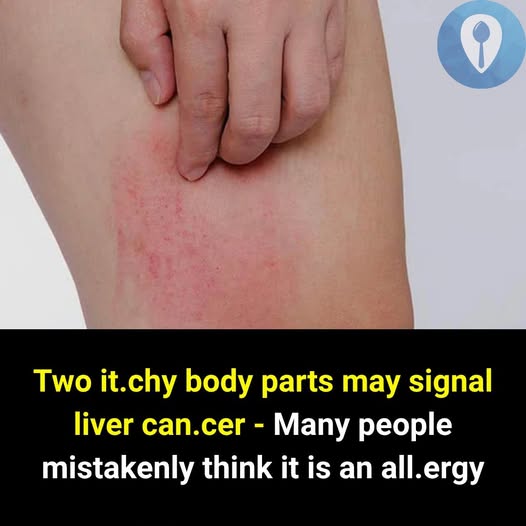Many people mistakenly assume that every skin rash, sneeze, or bout of stomach upset is due to an allergy. While allergies are a common health concern, not all symptoms that resemble allergies are caused by them. For example, irritants like dust, pollution, or strong perfumes can trigger similar responses without involving the immune system. These are called “non-allergic hypersensitivities” or irritant reactions.
One major example is food intolerance. Lactose intolerance, for instance, is not an allergy. It occurs when the body lacks the enzyme needed to digest lactose. This results in symptoms like bloating, cramps, and diarrhea—often mistaken for a food allergy. Unlike true allergies, food intolerances do not involve the immune system and are generally less dangerous, though they can still affect quality of life.
Even skin reactions, such as redness or hives, can be caused by things like heat, stress, or certain medications, not just allergens. Similarly, viral infections in children may cause rashes that resemble allergic reactions but are actually part of the body’s response to infection. Self-diagnosing every reaction as an allergy may lead to unnecessary avoidance or anxiety.
Disclaimer:
This article is for informational purposes only and does not constitute medical advice. If you experience recurring or severe symptoms, consult a healthcare professional for proper diagnosis and treatment. Never ignore professional advice or delay seeking care based on information you read online.
